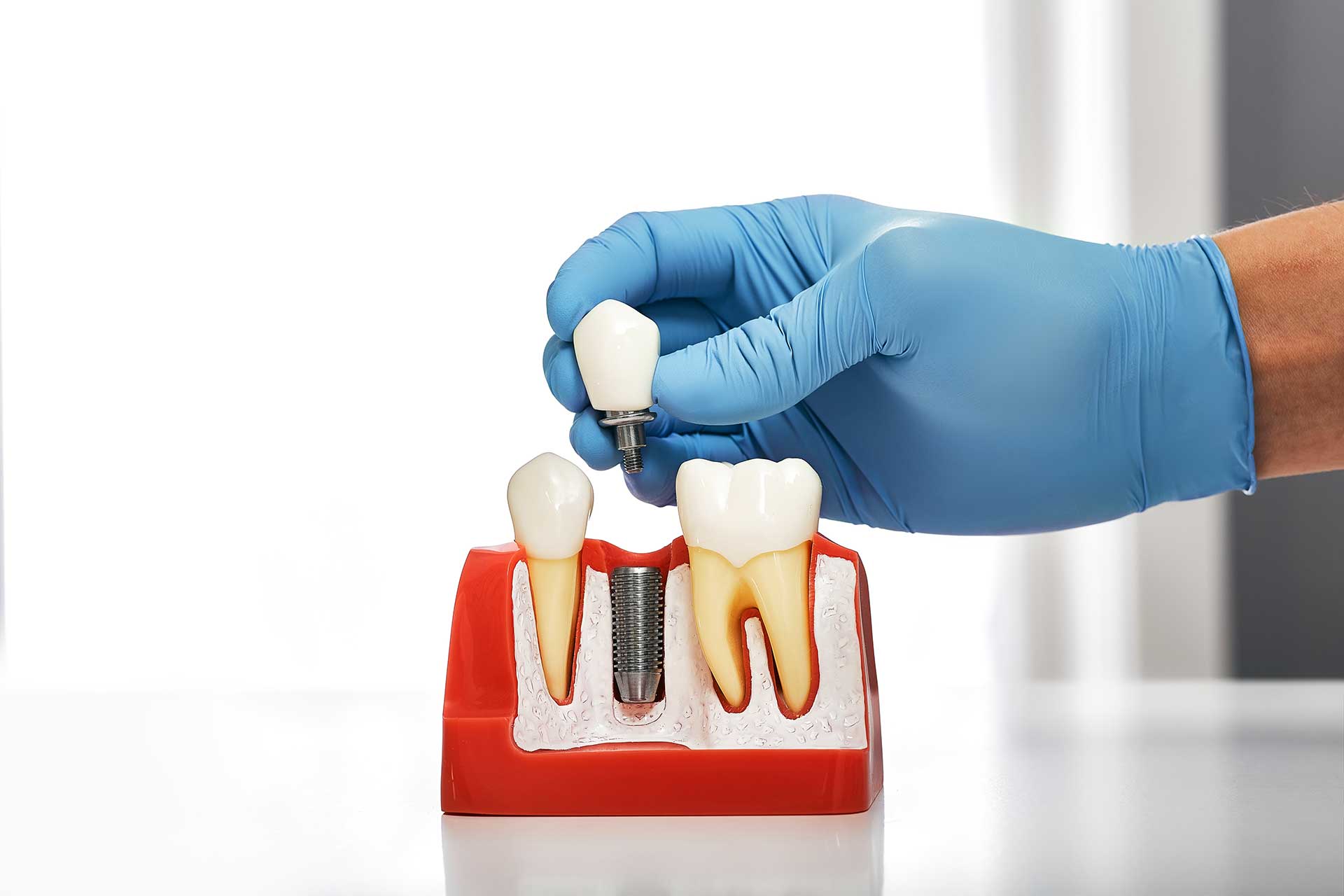Tooth loss can have negative effects not only on aesthetic concerns but also on chewing function and overall oral health. In such cases, various restorative options are available to treat tooth loss, with dental implants being one of them.
What Are Dental Implants?
Implant teeth are artificial tooth roots used to replace missing teeth. They are typically small screws made of titanium. After being placed into the jawbone, implants fuse with the bone, and dental prostheses or crowns are placed on them.
Advantages of Dental Implants
Dental implants have some advantages over other restorative options. These advantages are as follows:
- More Natural Appearance and Feel: Dental implants provide the closest appearance and feel to natural teeth.
- Permanent and Durable: When properly cared for, dental implants can last a lifetime.
- Preservation of Adjacent Teeth: While other restorative options often require cutting adjacent teeth, implants do not damage adjacent teeth.
- Support for Jawbones: Dental implants can help prevent jawbone loss and preserve bone structure.
Other Restorative Options
In addition to implants, other restorative options used to treat tooth loss include:
- Bridges: Artificial teeth placed on adjacent teeth to close gaps caused by missing teeth.
- Removable Dentures: Removable prostheses are used to treat tooth loss.
- Partial Dentures: Removable prostheses used in cases of partial tooth loss.
- Full Dentures: Removable prostheses used to treat complete tooth loss.
Comparison Between Dental Implants and Other Restorative Options
A detailed comparison between dental implants and other restorative options is as follows:
Bridges:
- Procedure: Bridges require less invasive procedures compared to dental implants. Adjacent teeth are cut to support the bridge.
- Appearance and Feel: Bridges provide a similar appearance and feel to natural teeth but may not be as natural and sturdy as implants.
- Durability: Bridges can last a long time with proper care and regular check-ups, but may not be as durable as implants.
- Effect on Adjacent Teeth: The application of bridges requires cutting adjacent teeth, potentially affecting their health and structural integrity.
- Cost: Bridges are generally more economical compared to dental implants. However, the long-term cost difference should be considered.
Removable Dentures:
- Procedure: Removable dentures require a simpler procedure compared to dental implants. However, their removable nature may be uncomfortable for some individuals.
- Appearance and Feel: Removable dentures provide a less natural appearance and feel compared to natural teeth. Additionally, they are not fixed structures.
- Durability: Removable dentures can last a long time with proper care and regular checks, but may not be as durable as implants and may need replacement over time.
- Comfort and Ease of Use: Removable dentures may initially cause discomfort for users and may be challenging to use due to their removable nature.
Partial Dentures and Full Dentures:
- Procedure: Partial and full dentures require a simpler procedure compared to dental implants. However, their removable nature may be uncomfortable for some individuals.
- Appearance and Feel: Partial and full dentures provide a less natural appearance and feel compared to natural teeth. Additionally, they are not fixed structures.
- Durability: Partial and full dentures can last a long time with proper care and regular checks, but may not be as durable as implants and may need replacement over time.
- Comfort and Ease of Use: Partial and full dentures may initially cause discomfort for users and may be challenging to use due to their removable nature.
